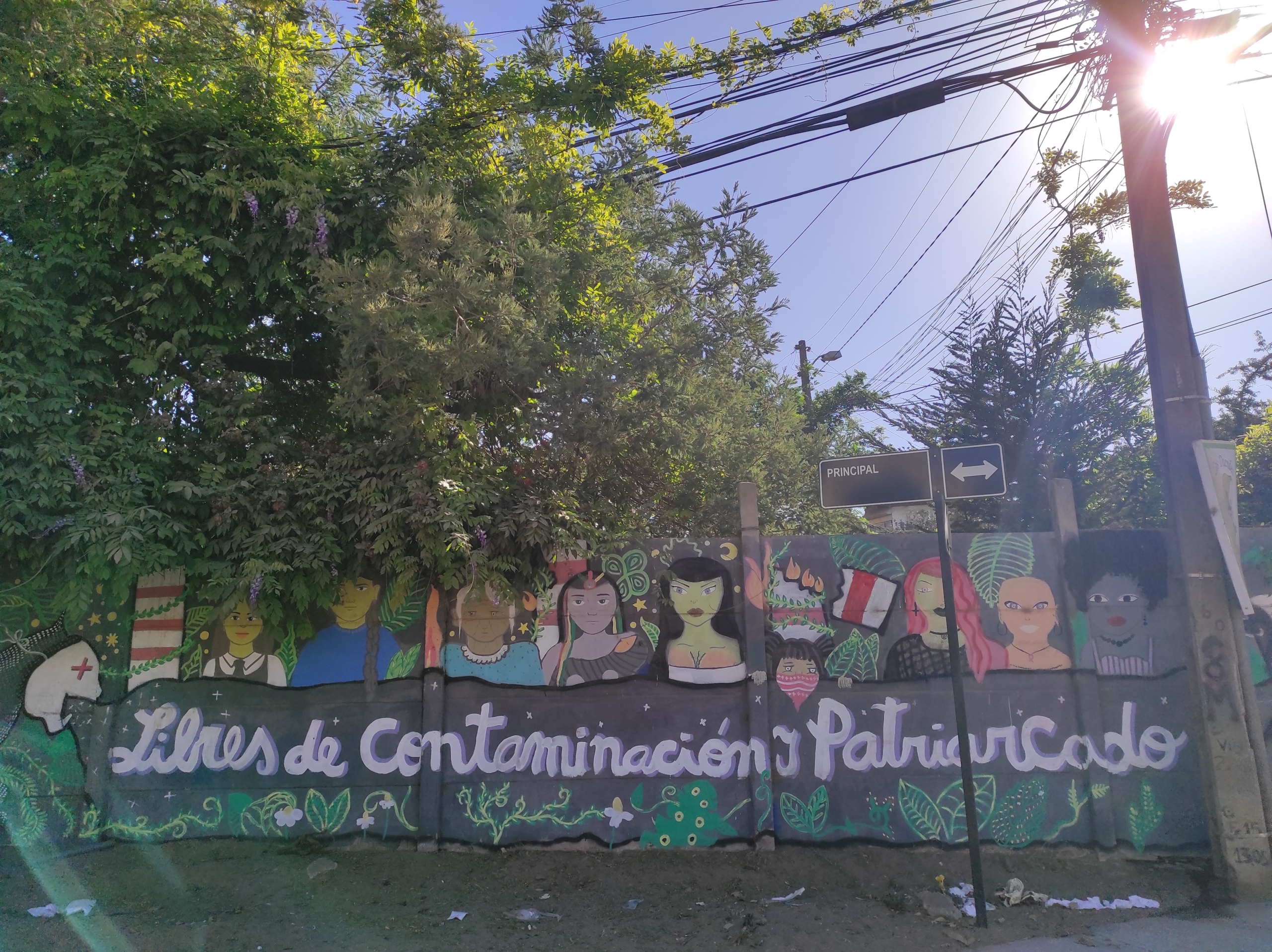By Gabriela Julio Medel and Lorenzo Feltrin
This year marks the 50th anniversary of the military coup that overthrew the democratically elected government of Salvador Allende, ending the Chilean road to socialism and opening the field for experimenting a broad range of neoliberal policies that still define the political economy of the country. The brutal repression that followed the coup has been well documented and the enduring effects of the neoliberal turn regained international attention during the 2019 uprising known as estallido social, which took over the streets of the country for months demanding comprehensive socio-economic and political changes.
In this piece, we focus on the role of the dictatorship in mediating the deindustrialisation of the Chilean economy, studying the case of the Ventanas copper smelter and refinery located in the costal municipalities of Quintero and Puchuncaví, one of the most emblematic sacrifice zones in Chile. To analyse this case, we mobilise the concept of noxious deindustrialisation, that is, a decline in the share of manufacturing employment in areas where polluting industries remain operative.
Challenging the international division of labour
The colonial legacies that had kept the Chilean economy primarily as an exporter of minerals and agricultural products began to be challenged since the 1930s. The ideas of dependency theory informed a growing political consensus that sought to change Chile’s position within the international division of labour by favouring a state-led process of import substitution industrialisation.
The Ventanas copper smelter and refinery were built in this context. The surrounding community – mainly farmers and fishers – expressed their concerns over the possible environmental impacts of the factories since the beginning, nevertheless the plans went ahead. The complex was constructed by a West German consortium and began operating in the mid-1960s without an emission capture system, even if the technology already existed at the time.
Work was tough, unsafe, health-damaging and segmented, with the local population mainly occupying the most dangerous and heavy jobs. Despite being a state-owned company, workers’ dissent was repressed, and “problematic” workers were blacklisted. However, when Allende’s Popular Unity government came to power in 1970, the blacklists were lifted, and attempts were made to get workers involved in some aspects of management. Many students entered the factories as volunteers to win the “battle of production” and counter the US-led boycott. Within this context, workers also exerted pressures for a healthier and less polluting production. This led the company to elaborate a plan that included a sulfuric acid unit to capture the emissions and other upgrades that, if implemented, would have improved to some extent the health and environment of both workers and local communities.
The rest of the story is known, Pinochet’s coup brutally interrupted this path, hitting organised labour with a wave of terrorist crackdowns. The “development” model envisioned by the civic-military dictatorship favoured an economy based on cheap labour and the export of primary commodities with little value added, based on the “comparative advantage” dogma. What is generally less discussed is the environmental impact that the entrenchment of this extractivist model had.
Noxious deindustrialisation in an extractivist economy
After the coup, the industrial complex continued operating without any improvements to emission control, prolonging by decades the unrestrained pollution of the area. It was only after the return of democracy, in the 1990s, that the plants finally updated their industrial processes through a “de-pollution plan,” drastically reducing their emissions (normally capturing about 95%) but nevertheless remaining below the best international standards.
Over the last three decades, additional polluting infrastructure settled in the area. Nonetheless, there was a drastic decline in the local share of manufacturing employment, due to a combination of population growth, automation, and tertiarization. The latter was made possible by the extreme liberalisation of the Chilean economy during the dictatorship, a model that was largely kept by the successive democratic governments. This made workers more mobile and less attached to the territory.
At the same time, the fact that less people from the local community could access the jobs in the factories, combined with repeated accidents engendering acute pollution, exacerbated the conflicts between the fenceline communities and the industries. While the industrial workers’ unions demanded more investments to improve the environmental performance and competitiveness of the smelter (which had been surpassed by Chinese competition), community organisations demanded its closure. Finally, last year, the leftist government led by Gabriel Boric went for the latter option.
For an expanded discussion of the political economy of deindustrialisation and pollution in an extractivist context, we invite you to consult the open-access peer-reviewed article recently published by New Political Economy under the title of “Noxious Deindustrialisation and extractivism: Quintero-Puchuncaví in the international division of labour and noxiousness”, authored by Lorenzo Feltrin and Gabriela Julio Medel.
Gabriela Julio Medel is a postdoctoral researcher afíliate at DePOT based at Ca’ Foscari University of Venice, Italy.
Lorenzo Feltrin is a Leverhulme Early Career Fellow at POLSIS, University of Birmingham, funded under Grant ECF-2020-004.





